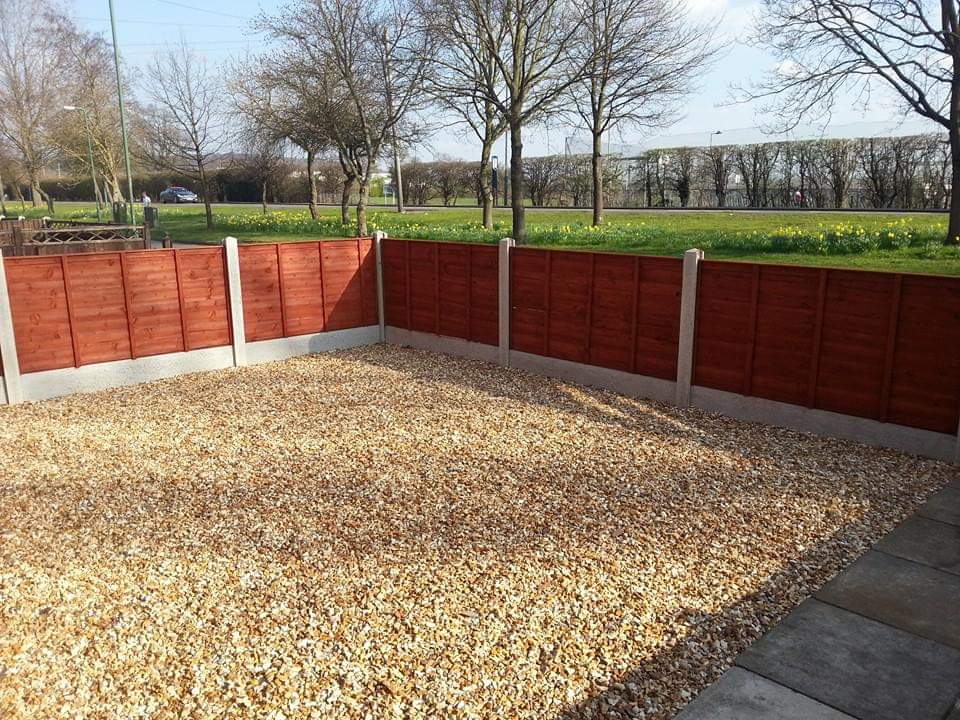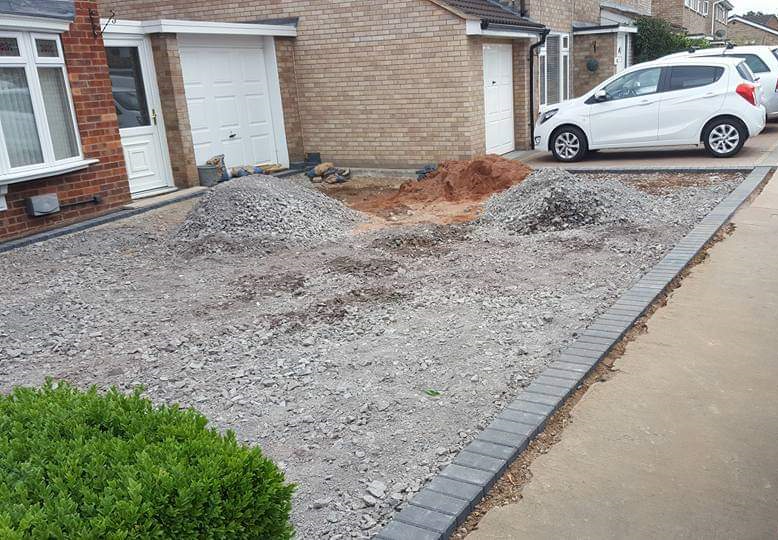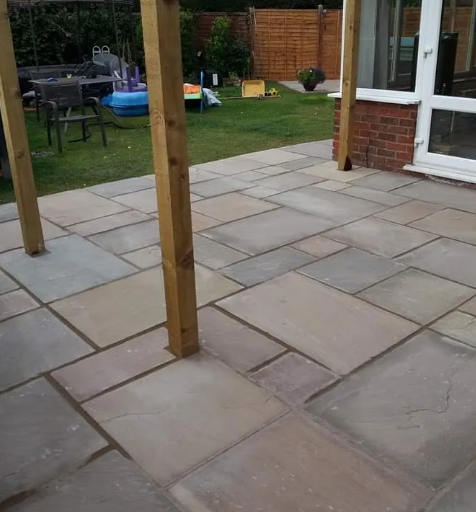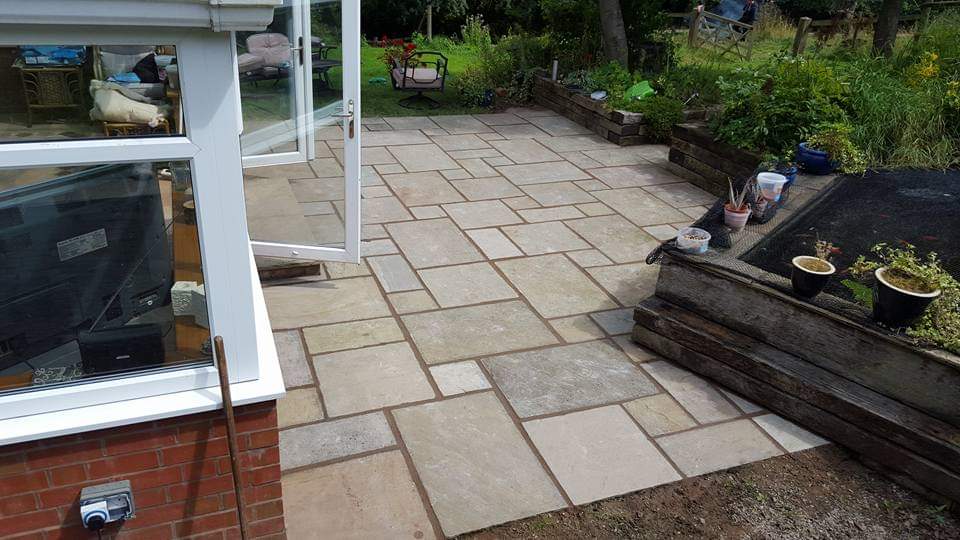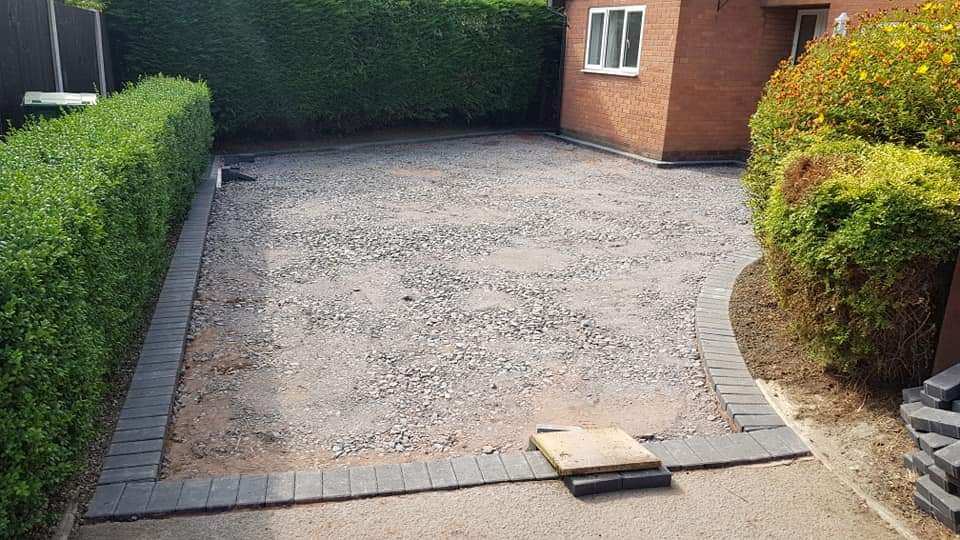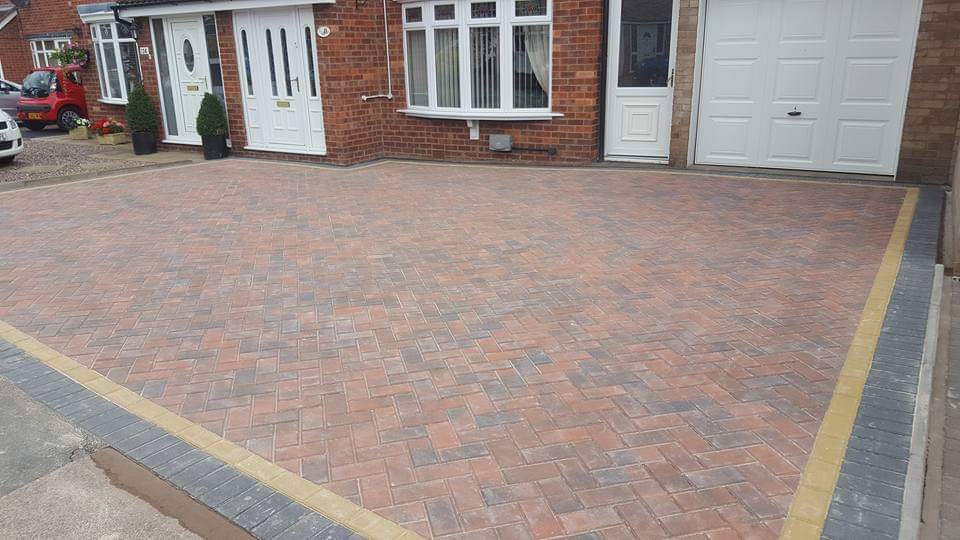Blog
Blog
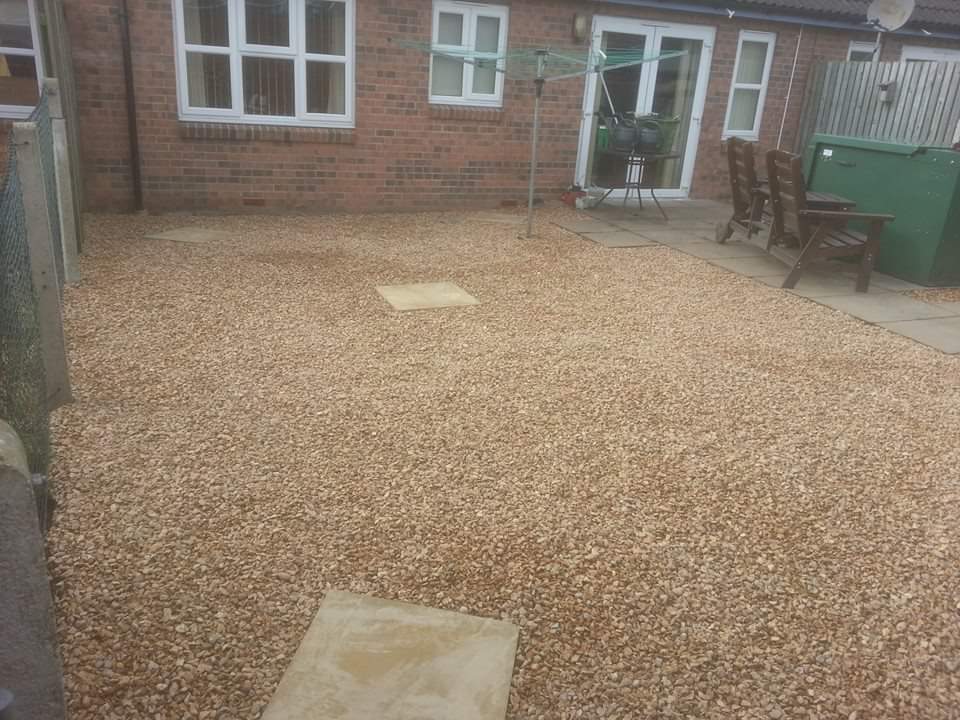
A gravel driveway is one of the most popular and most effective driveway solutions because it looks natural, has sustainable drainage properties and moulds itself to the needs of the homeowner. There are as many types of gravel as there are collections of stone, each of which has a unique set of qualities, but a common frustration often found with older gravel driveways or ones that have been undertaken as do-it-yourself jobs is the proliferation of scattered stones. Whether it is rocks shifting underfoot as you walk down the drive or a car kicking them up as they reverse away, flying stones are a seeming inevitability, but one that can be minimised through a professional, considered installation that takes your particular surface and gradient into account. Typically, the main reasons why gravel starts to get displaced are issues with depth and a lack of boundaries between a driveway and the rest of the garden area. A gravel drive needs to be consistent and the appropriate depth for the uses you have planned for it. Typically, this means around four to six inches of gravel following the compacting process if you want to park cars on the drive. If the gravel is too shallow, it will lack any weight or ballast, so it will move very easily and noticeably, whilst a gravel drive that is too deep will sink and become somewhat unstable. Applying proper edging barriers helps to stop gravel from shifting out of the driveway area and avoids issues where you lose a lot of stones over time. An alternative option is to install a grid underneath your gravel; these typically honeycomb-shaped platforms will fill with gravel and keep it in place, even if you are on a slope that would otherwise have problems with maintaining a stable and level surface. Finally, applying binding agents can help to keep the look and drainage of a gravel surface, but without it moving too significantly.

